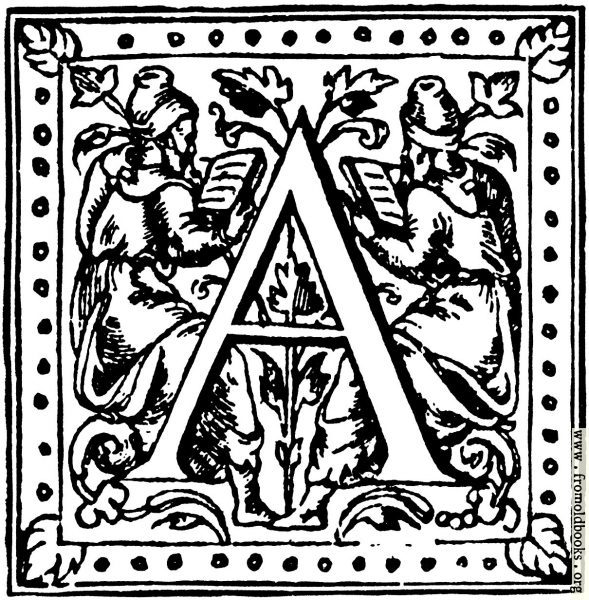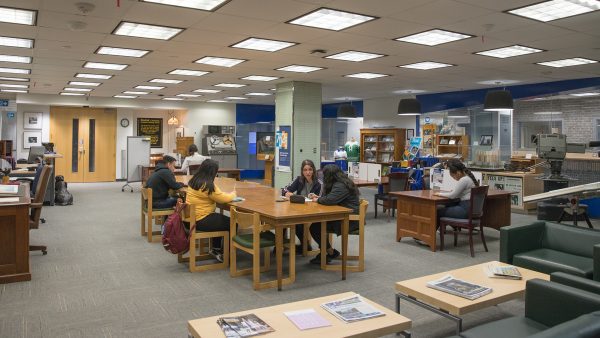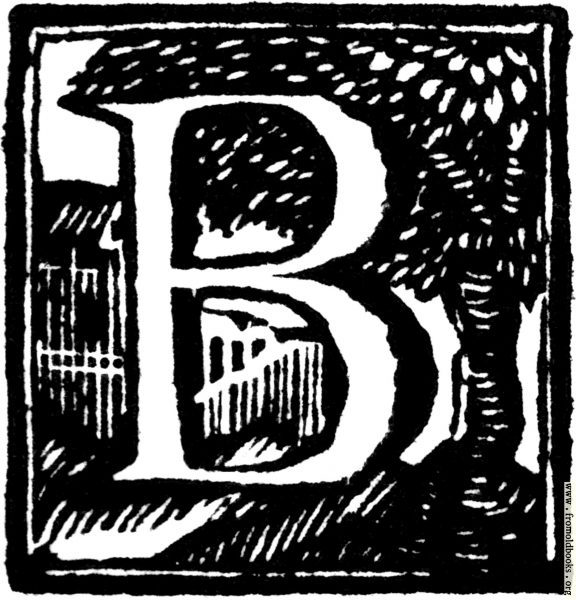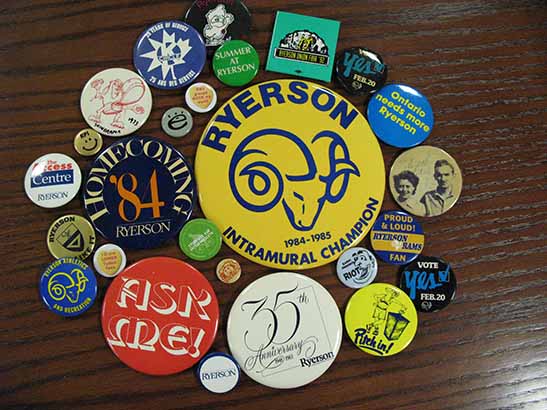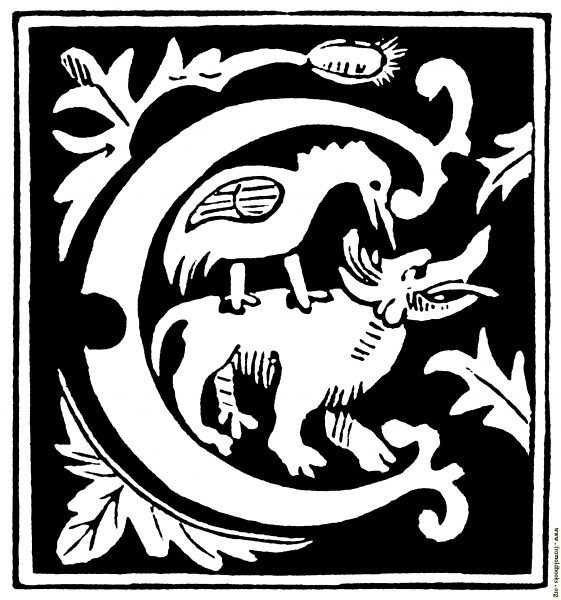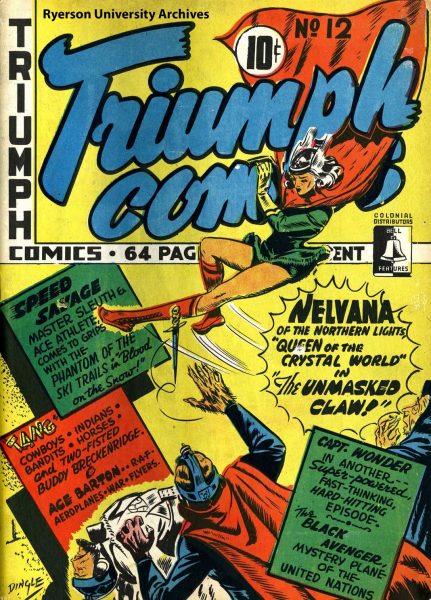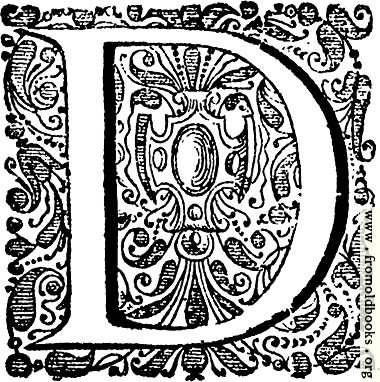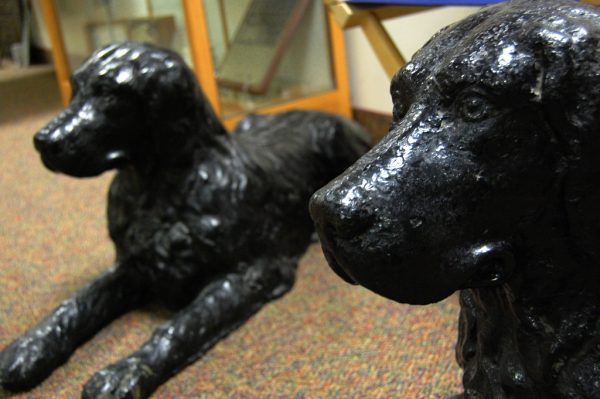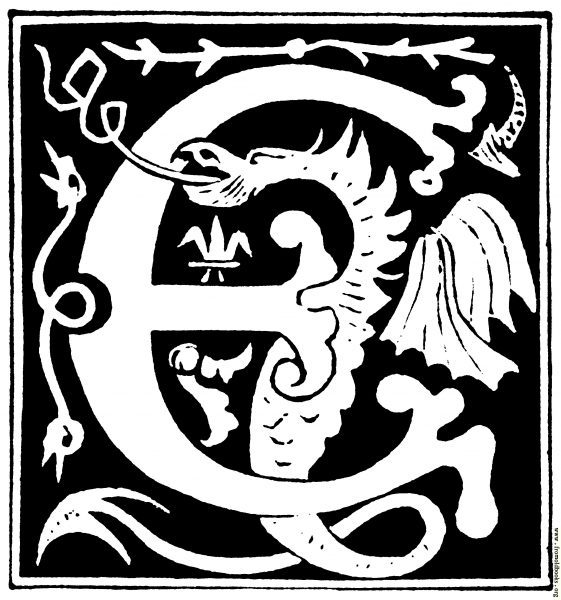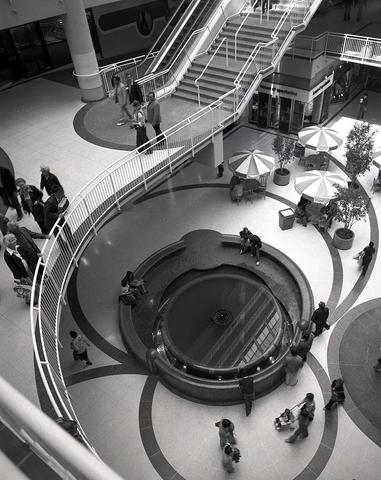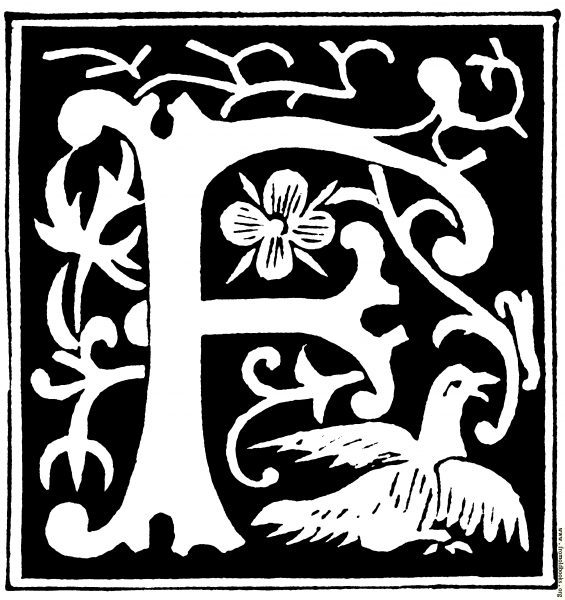We’re joining the Archives of Ontario in their #ArchivesAtoZ month-long campaign. The aim is to increase the public’s awareness of archives and their collections. We’ll be sharing four blog posts throughout the month showcasing items from our collections and demystifying archival concepts related to each letter of the alphabet.
- March 1: A to F
- March 8: G to M
- March 15: N to S
- March 22: T to Z
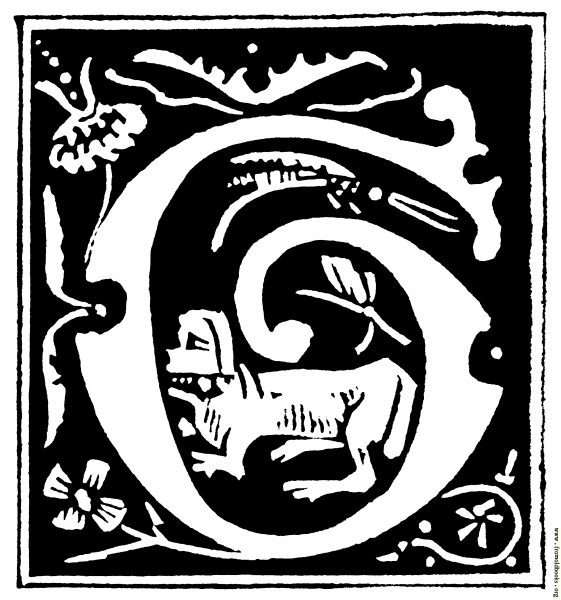
Green Roof
Ryerson’s first unofficial green roof was created over the Ryerson Athletic Centre (RAC), which opened in 1987. The RAC was constructed underneath the Kerr Hall Quadrangle, it’s roof covered by just 15 cm of top soil, sodded over and trees planted around the perimeter. Ryerson’s first official green roof was constructed a top the George Vari Engineering and Computer Centre in 2004. To learn more about Ryerson’s Green Roof initiatives read more here – How the Ryerson Community is shaping Urban Culture.
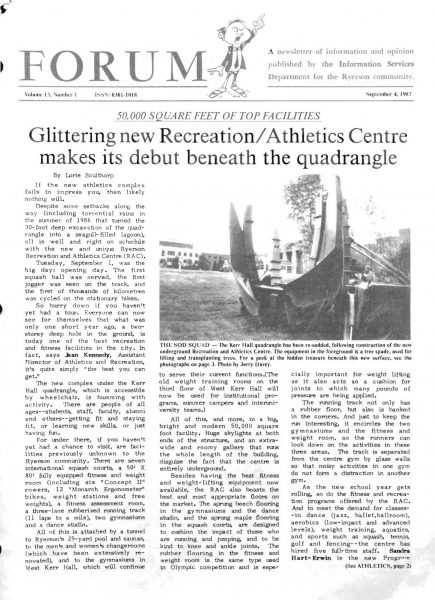
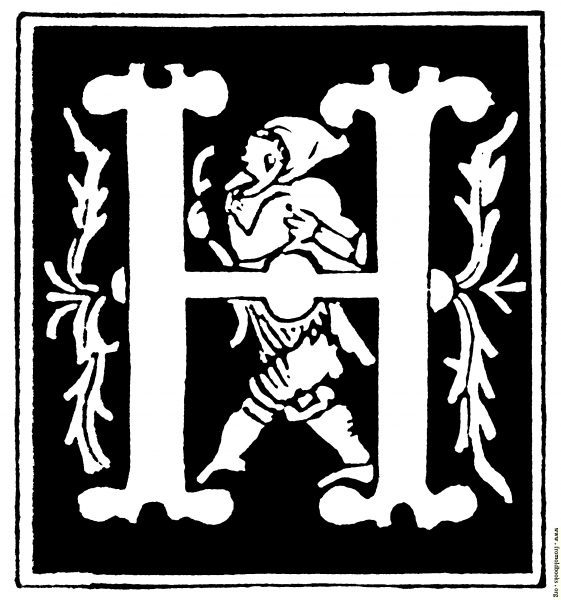
How-to
Archives and Special Collections staff embarked on a project this past year to create a series of “how-to” videos. The project was initiated in response to our move to online research help and working from home. The videos are a digital version of what we would normally relate in person to our researchers. You can view the videos, including “Searching the Ryerson Archives and Special Collections Database“, “Archives 101: How Archival Records are Organized and Why“, and “Archives 101: Archival Records Descriptions and what to look for when you research“, on the Ryerson Library Youtube channel. Staff is currently working on more videos to add to this collection.
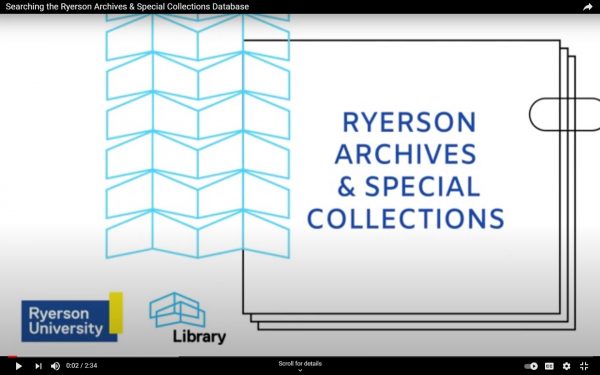
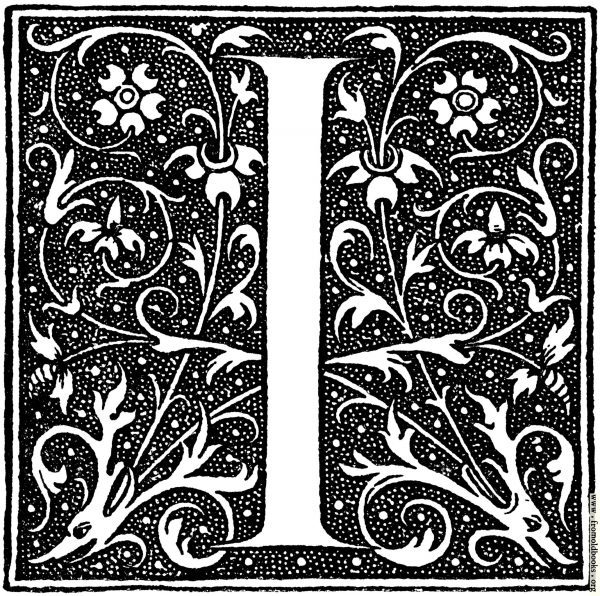
Instruments
The Toronto Metropolitan University Archives was founded in 1971 with the idea that it could also reflect the polytechnic roots of the school and the “hands-on” emphasis of the school’s curriculum at the time – a kind of hybrid Archives and Museum of Technology. A large percentage of our early donations were objects as opposed to the traditional textual and photographic nature of Archival materials. As a result we have a wide selection instruments and equipment in the collection that were used by Ryerson students in early Science and Technology (Engineering) courses.
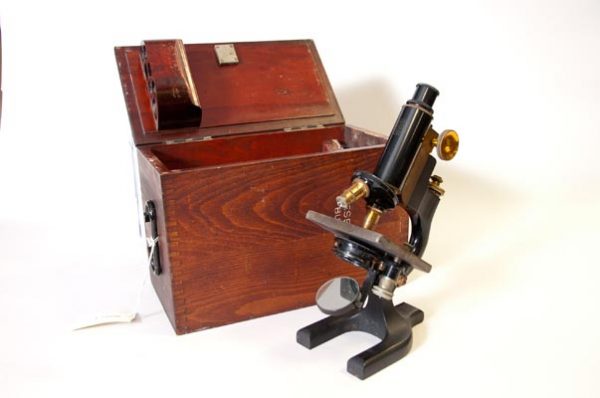
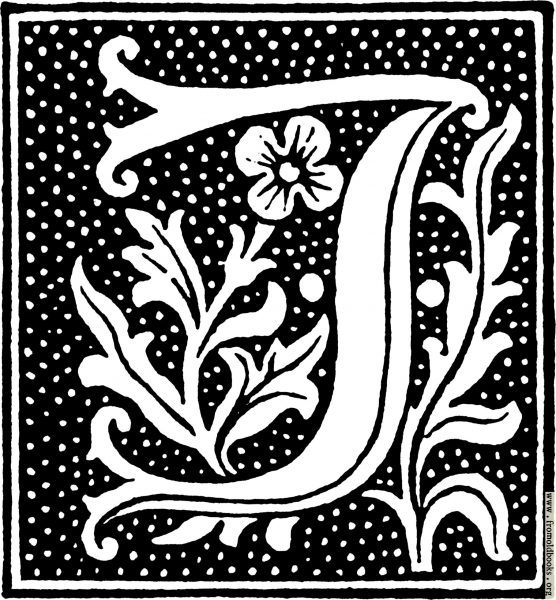
Jorgenson Hall
Jorgenson Hall, named for Ryerson’s first President Fred Jorgenson (1966-1969), was completed in 1971. The 14 story tower anchors the north end of a building complex, which includes the Podium Building and the Library building, on the west side of Nelson Mandela Walk. The brutalist building was designed by WZMH Architects and constructed by EllisDon Corporation. The photograph is one of thousands that are housed in Archives and Special Collections that document the evolution of the campus. We also have the architectural model of the building complex in our collections.
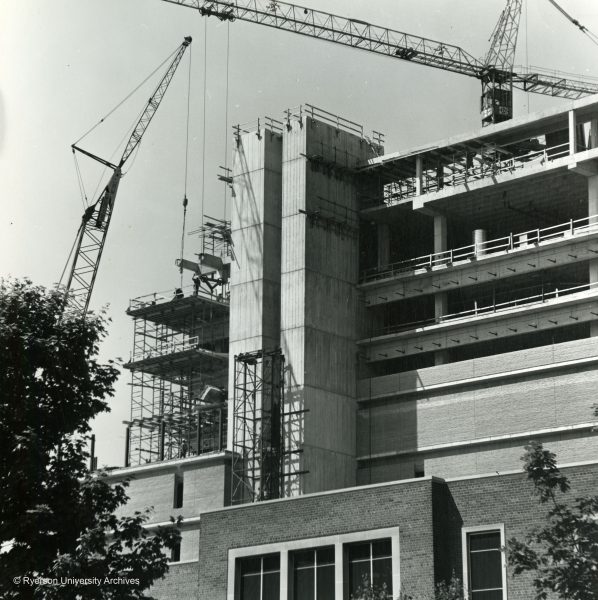
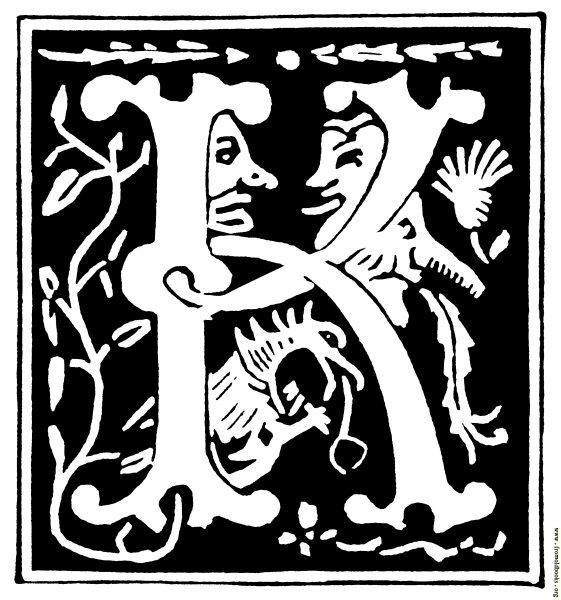
Kodak
The Kodak Canada Corporate Archives and Heritage Collection was the first collection acquired by Special Collections in 2005 and continues to be our most researched material. It includes extensive documentation of Kodak Heights, the 25 acres of farmland near Weston Road and Eglinton Avenue where the company established a photographic film manufacturing and camera assembly plant. Kodak purchased the land in 1912, and by 1925 there were over 900 employees working in seven buildings at Kodak Heights. To learn more about the Kodak collection see our various blogs on the history of Kodak in Toronto, insights into the corporate culture, women in Kodak advertising, Blackface in the Kodak archive and the early days of Kodak.
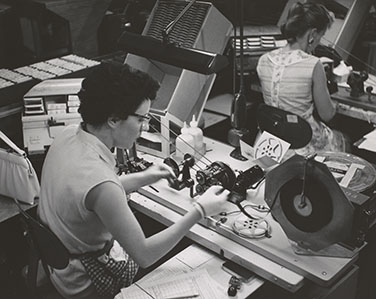
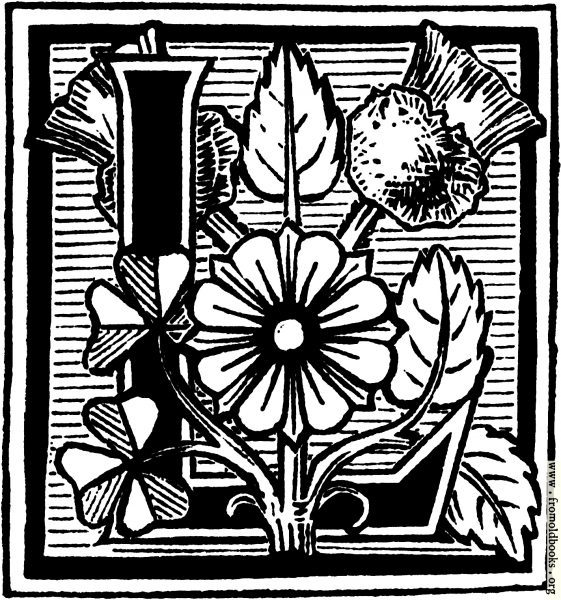
Lenin
Special Collections’ holdings include the Leniniana Collection, which consists of more than 800 items featuring the image of Vladimir Ilych Lenin, the founder of the Soviet Union. The collection includes pins, sculptures, books, posters, postcards, 35mm film, as well as two sets of nesting or Matryoshkas dolls. The collection was assembled by Dr. Ron Vastokas between 1989 and 2003 in Moscow, Leningrad, Kiev, Vilnius and Kaliningrad.
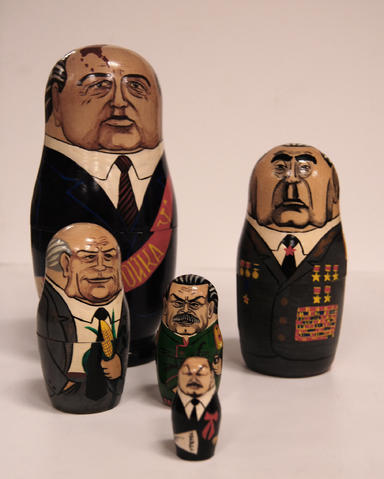
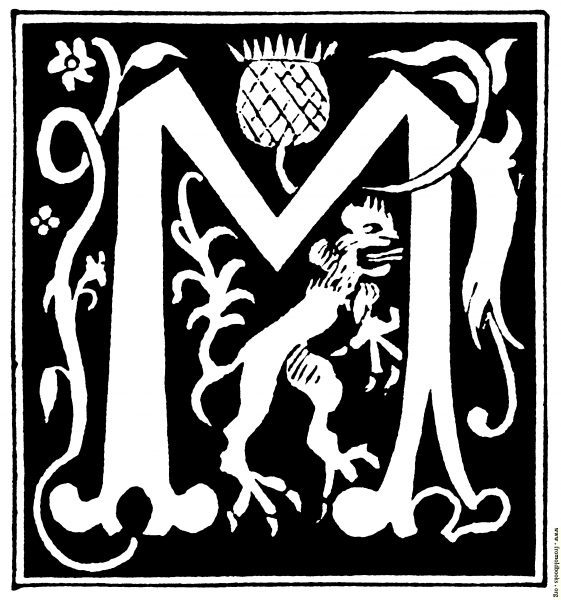
Magic Lanterns
Developed in the 17th century following the creation of the camera obscura, magic lanterns are the earliest form of slide projects. These optical devices used candles, oil and later limestone as a light source to project glass slides onto screens. This large biunial (or double lens) mahogany and brass magic lantern has two optical systems which allows for transition effects between slides. There are a wide range of magic lanterns models, from small toy lanterns for children, to large projectors for theatrical presentations or educational lectures. Explore our database to see the wide variety of magic lantern projectors and slides in our holdings.
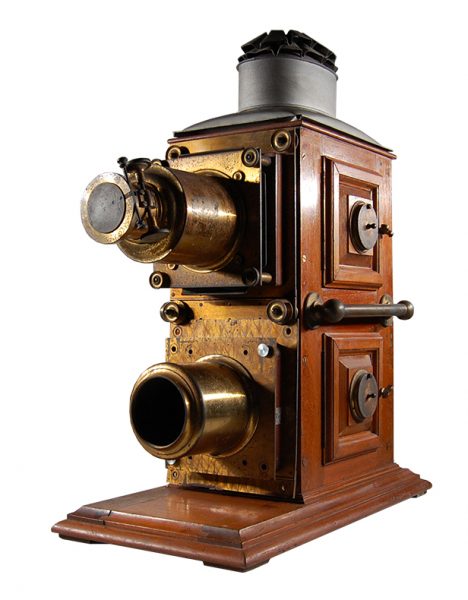
Next week we’ll highlight items and archival concepts for the letters N to S!
